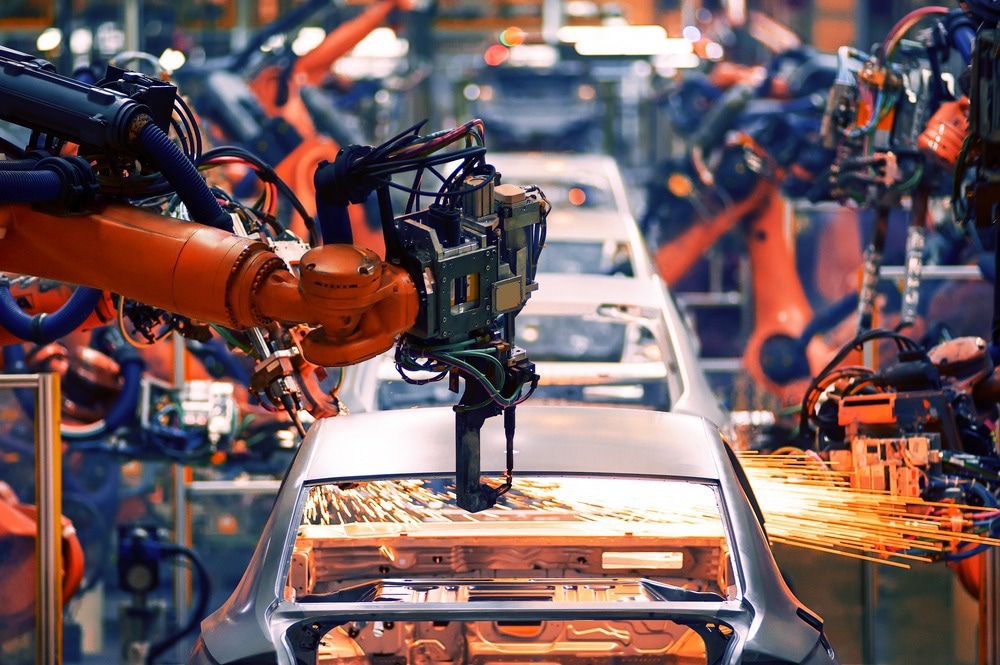In an era where rapid technological innovation and progress is commonplace, micro-optics has developed into a transformative force with applications spanning a diverse array of industries and sectors.

Image Credit: Avantier
The automotive industry is an especially prominent beneficiary of micro-optics technology. These minuscule optical components are generally just a few millimeters in diameter, but despite their small size, these components are at the forefront of new developments in vehicular technology, from improving safety to revolutionizing autonomous driving systems.
This article outlines why these components are proving to be so important in the automotive industry, as well as looking at how this novel technology is driving innovation and progress throughout the industry.
Micro-Optics Advancements in Automotive Laser Systems
The automotive industry continues to employ micro-optics in an array of laser beam shaping and wavefront sensing applications.
Micro-optical elements are used to shape laser beams in a range of different technologies; for example, laser-based sensors, advanced driver-assistance systems (ADAS), and LiDAR (Light Detection and Ranging) systems.
All of these systems are reliant on exact laser beam control to accurately detect obstacles, navigate roads, and ensure passenger safety.
Shack-Hartmann wavefront sensors are a core component of optical coherence tomography systems, and these sensors benefit significantly from micro-optic technologies.
Shack-Hartmann wavefront sensors are designed to facilitate high-resolution imaging, and as such, these sensors are key to the development of autonomous vehicles that rely on precise environmental sensing for safe and consistent operation.
By leveraging the power and capabilities of these optics, automotive manufacturers are able to employ improved sensing capabilities, resulting in exciting new developments in autonomous driving technology.
Manufacturing Advancements
Wafer-level optics is a noteworthy subset of micro-optic technology. These devices follow a manufacturing process much like that of microchips.
The simultaneous processing of numerous optics on a single wafer is possible due to the fabrication of thousands of lenses on an industry-standard 8-inch substrate. This mass-production approach is key to meeting the mounting demand for micro-optics across a range of industries.
It should be noted, however, that the fabrication of micro-optics continues to lag behind the degree of automation commonly seen in the semiconductor industry.
Manual intervention is necessary in a number of production steps, hindering cost-effectiveness and scalability. Despite these issues, it is anticipated that ongoing research and development efforts will lead to advancements in automation and efficiency in the realm of manufacturing.
Micro-Optics in the Automotive Industry
Micro-optics are leveraged in numerous ways throughout the automotive industry to enhance vehicle performance, improve safety, and expand functionality. Key areas where micro-optics are making a notable difference include:
- Headlight and taillight systems: These systems see micro-optics used in the precise control of light beams, enhancing visibility, improving energy efficiency, and boosting overall lighting performance.
- LiDAR technology: Micro-optics are integral to LiDAR systems employed in autonomous vehicles, improving the vehicles’ ability to accurately sense and safely navigate the environment.
- Optical sensors: Micro-optics are key components in optical sensors used for detecting obstacles, ensuring safe driving conditions, and monitoring driver behavior.
Conclusion
As their use has grown, micro-optics have become a pivotal technology in ongoing developments throughout the automotive industry. With applications ranging from advanced lighting systems and communication networks to laser beam shaping, these components are set to play a multifaceted role in shaping the future of vehicles.
Demand for more efficient, safer, and better-connected vehicles continues to grow, meaning that micro-optics will remain a key driver of progress in the automotive sector.
Even more remarkable advancements in this field are expected as research and development efforts continue, with future vehicles becoming safer and smarter than ever before.
Acknowledgments
Produced from materials originally authored by Avantier Inc.

This information has been sourced, reviewed and adapted from materials provided by Avantier Inc.
For more information on this source, please visit Avantier Inc.